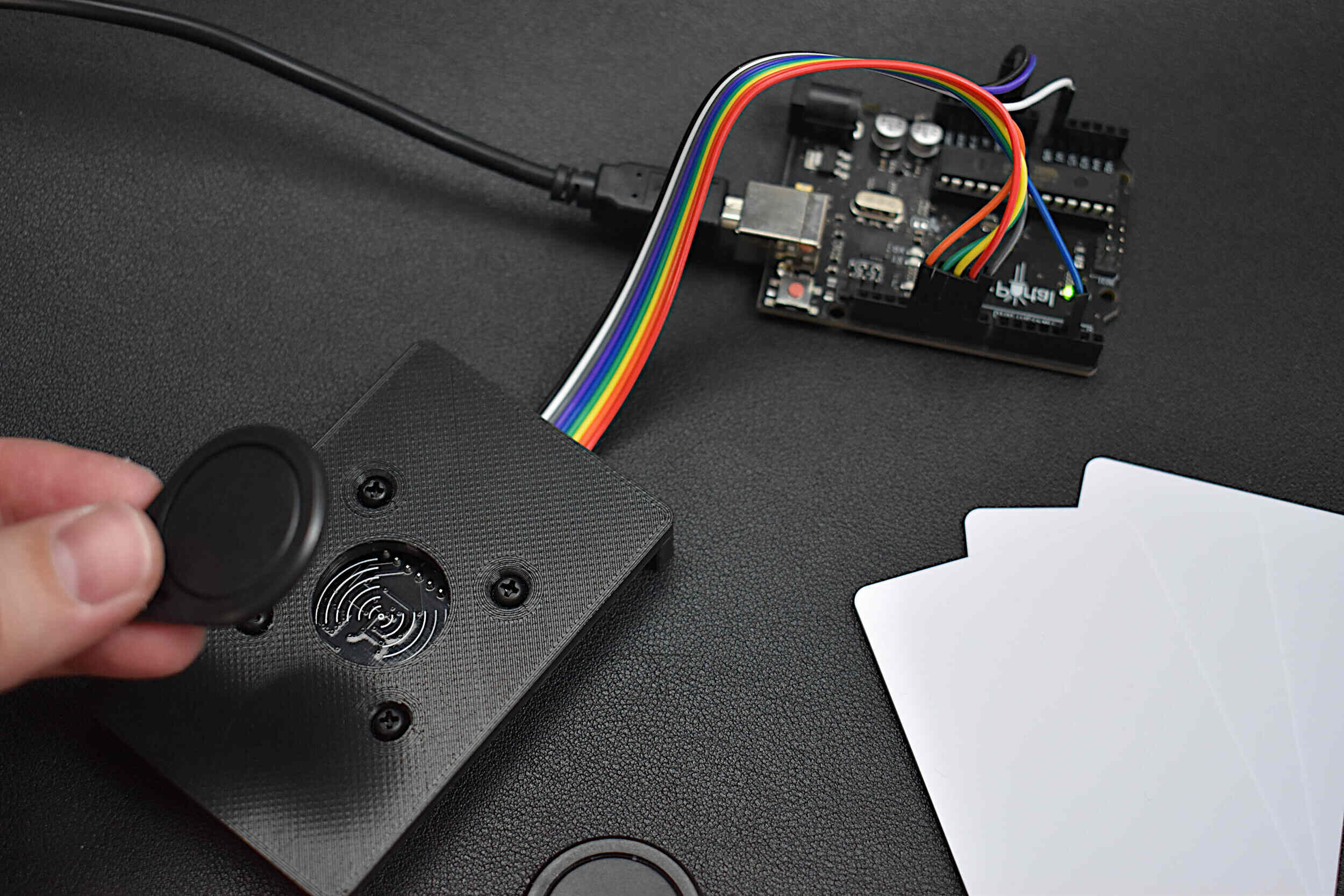
RFID (Radio Frequency Identification) technology is everywhere, from tracking pets to managing inventory in stores. But what exactly is RFID, and how does it work? RFID uses electromagnetic fields to automatically identify and track tags attached to objects. These tags contain electronically stored information that can be read from several feet away. Unlike barcodes, which need to be scanned directly, RFID tags can be read without a line of sight. This makes them incredibly useful in various industries. Curious about more? Here are 26 fascinating facts about RFID that will help you understand its impact on our daily lives.
What is RFID?
RFID stands for Radio Frequency Identification. This technology uses electromagnetic fields to automatically identify and track tags attached to objects. Here are some fascinating facts about RFID.
-
RFID technology was first used during World War II to identify whether planes were friend or foe.
-
RFID tags can be as small as a grain of rice, making them easy to embed in various objects.
-
There are two main types of RFID tags: active and passive. Active tags have their own power source, while passive tags are powered by the RFID reader.
-
RFID is used in many industries, including retail, healthcare, and transportation, to track inventory and manage assets.
-
The first patent for RFID technology was granted in 1983 to Charles Walton, an American inventor.
How RFID Works
RFID systems consist of a tag, a reader, and an antenna. The reader sends out a signal that activates the tag, which then sends back information to the reader.
-
RFID tags contain a microchip and an antenna. The microchip stores information, while the antenna transmits and receives signals.
-
RFID readers can read multiple tags at once, making the technology efficient for inventory management.
-
The range of an RFID system can vary from a few centimeters to several meters, depending on the type of tag and reader used.
-
RFID tags can store more information than barcodes, allowing for more detailed tracking and data collection.
-
RFID technology can work in harsh environments, such as extreme temperatures or dirty conditions, where barcodes might fail.
Applications of RFID
RFID technology is versatile and has a wide range of applications. Here are some of the most common uses.
-
Retail stores use RFID to track inventory, reducing the time and labor needed for stock checks.
-
Hospitals use RFID to track medical equipment, ensuring that critical devices are always available when needed.
-
Libraries use RFID to manage book loans, making the checkout process faster and more efficient.
-
RFID is used in animal tracking, helping farmers and pet owners keep track of their animals.
-
RFID technology is used in passports to store personal information and improve security.
Benefits of RFID
RFID offers several advantages over traditional tracking methods like barcodes. Here are some key benefits.
-
RFID can reduce labor costs by automating the tracking process.
-
RFID improves accuracy, reducing the chances of human error in inventory management.
-
RFID can enhance security by providing real-time tracking of assets.
-
RFID technology can increase efficiency, speeding up processes like checkout and inventory checks.
-
RFID can provide valuable data, helping businesses make informed decisions based on real-time information.
Challenges of RFID
Despite its many benefits, RFID technology also faces some challenges. Here are a few.
-
RFID systems can be expensive to implement, especially for small businesses.
-
RFID tags can be affected by metal and water, which can interfere with signal transmission.
-
Privacy concerns have been raised about the use of RFID, as the technology can potentially be used to track individuals without their knowledge.
-
RFID technology requires specialized equipment, which can be costly and require training to use effectively.
-
RFID systems can be complex to set up, requiring careful planning and integration with existing systems.
Future of RFID
The future of RFID looks promising, with advancements in technology and new applications emerging. Here’s what to expect.
- RFID technology is expected to become more affordable, making it accessible to more businesses and industries.
RFID's Impact on Our World
RFID technology has quietly revolutionized how we interact with everyday objects. From streamlining inventory management to enhancing security, these tiny tags pack a punch. Retailers use RFID to track products, reducing theft and improving stock accuracy. Libraries have adopted it to simplify book checkouts and returns. Even in healthcare, RFID helps track medical equipment and patient information, ensuring better care.
Beyond commercial uses, RFID plays a role in our personal lives. Contactless payments, pet microchips, and even smart passports rely on this tech. It's clear RFID isn't just a passing trend; it's a game-changer. As technology advances, RFID's applications will only grow, making our lives more efficient and connected. So next time you tap your card or scan a tag, remember the small but mighty tech making it all possible.
Was this page helpful?
Our commitment to delivering trustworthy and engaging content is at the heart of what we do. Each fact on our site is contributed by real users like you, bringing a wealth of diverse insights and information. To ensure the highest standards of accuracy and reliability, our dedicated editors meticulously review each submission. This process guarantees that the facts we share are not only fascinating but also credible. Trust in our commitment to quality and authenticity as you explore and learn with us.
